Features
Latest
-
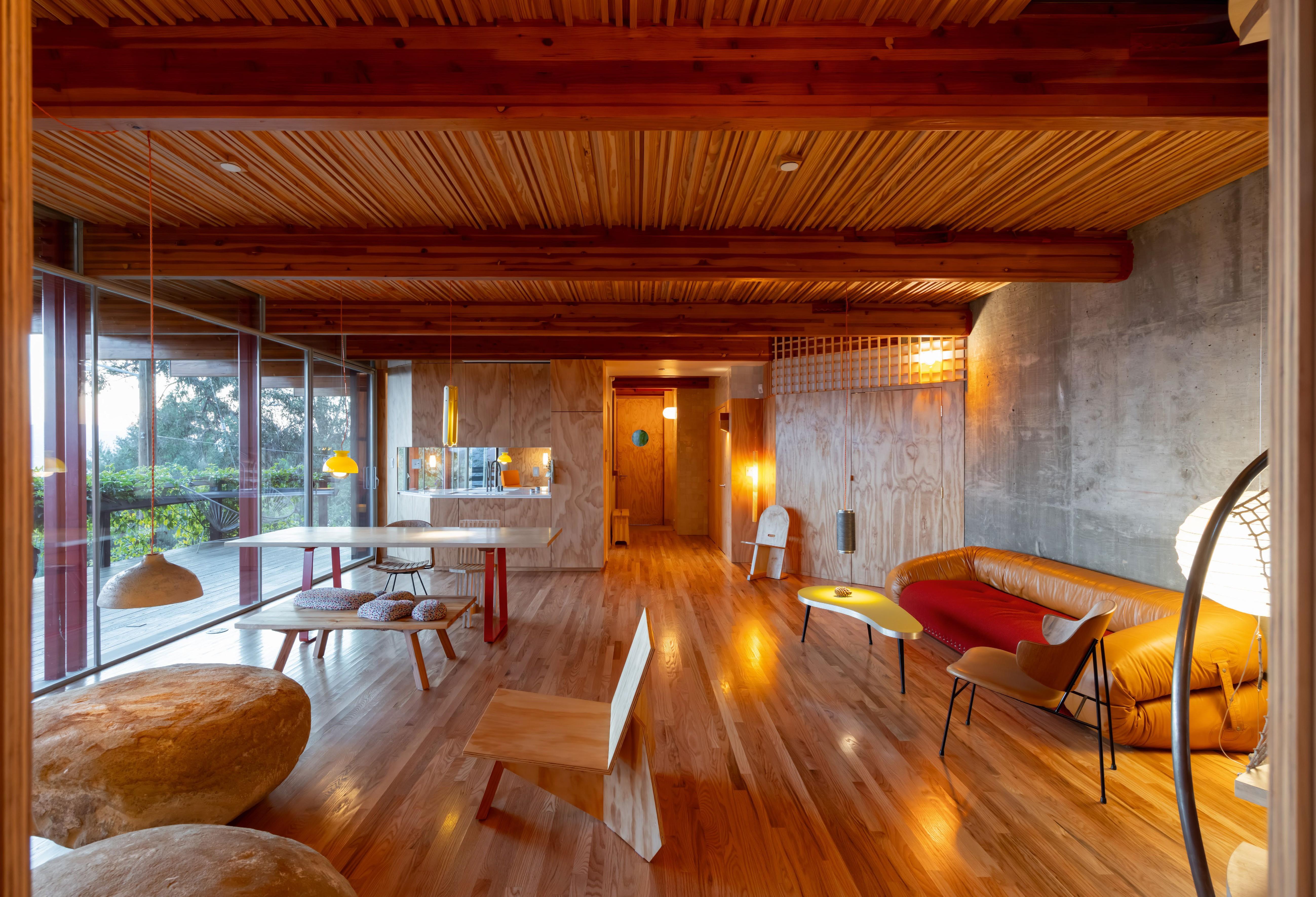
Tour Cano House, a Los Angeles home like no other, full of colour and quirk
Cano House is a case study for tranquil city living, cantilevering cleverly over a steep site in LA’s Mount Washington and fusing California modernism with contemporary flair
By Michael Webb Published
-
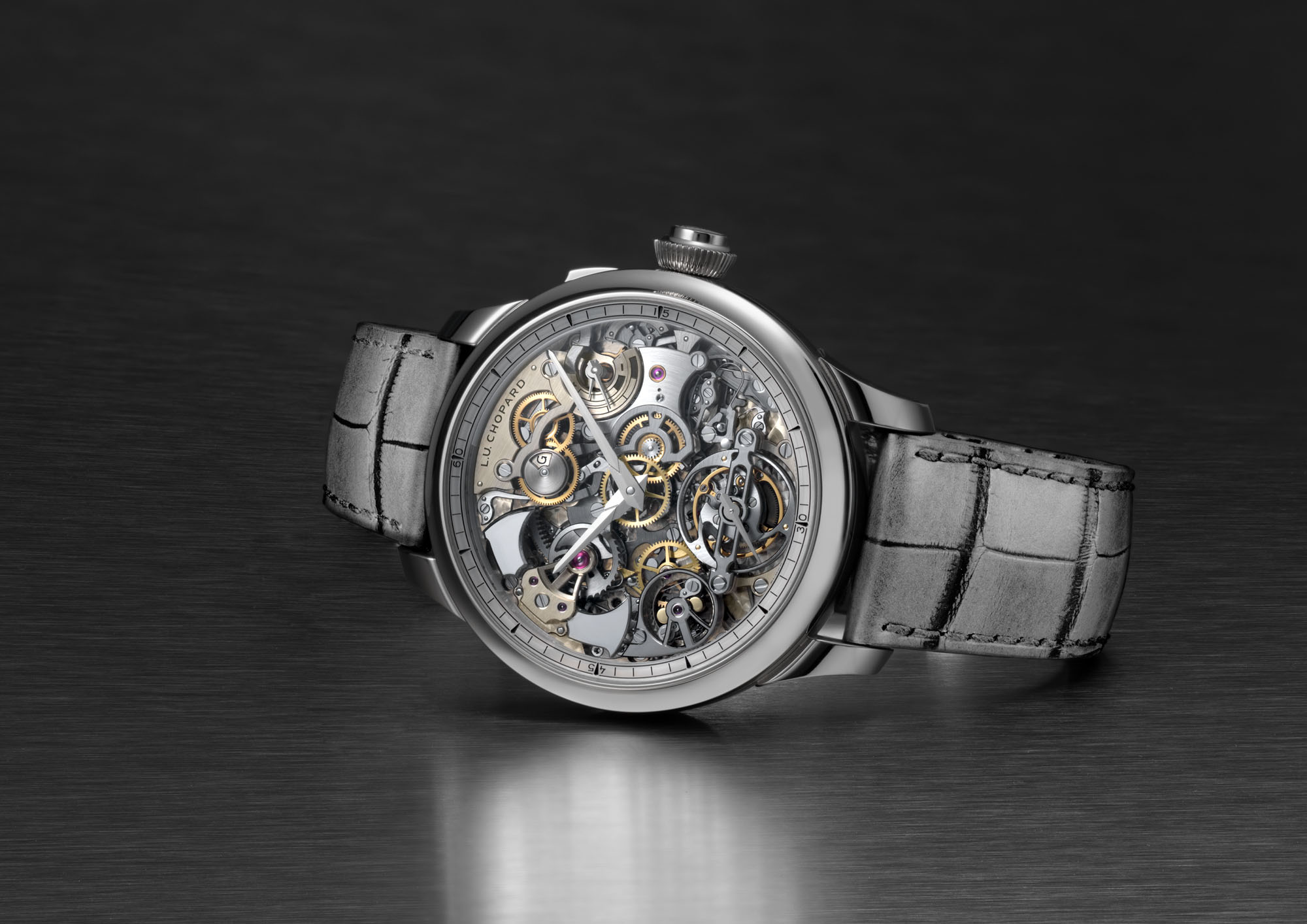
At Dubai Watch Week, brands unveil the last new releases of the year
Brands including Chopard, Louis Vuitton, Van Cleef & Arpels present new watches at Dubai Watch Week
By James Gurney Published
-
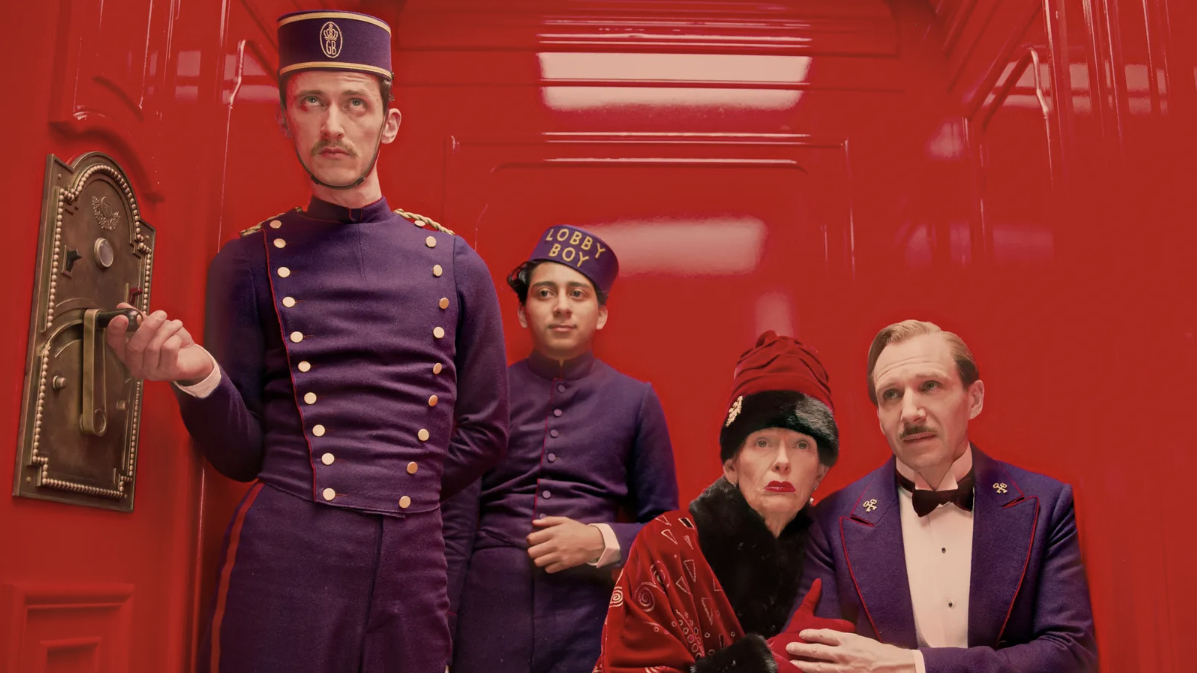
Wes Anderson at the Design Museum celebrates an obsessive attention to detail
‘Wes Anderson: The Archives’ pays tribute to the American film director’s career – expect props and puppets aplenty in this comprehensive London retrospective
By Emily Steer Published
-

Langosteria Montenapoleone is the new multi-level dining destination to know in Milan
Crowning the top three floors of the recently opened Palazzo Fendi, the Langosteria group unveils its most ambitious venture yet
By Sofia de la Cruz Published
-
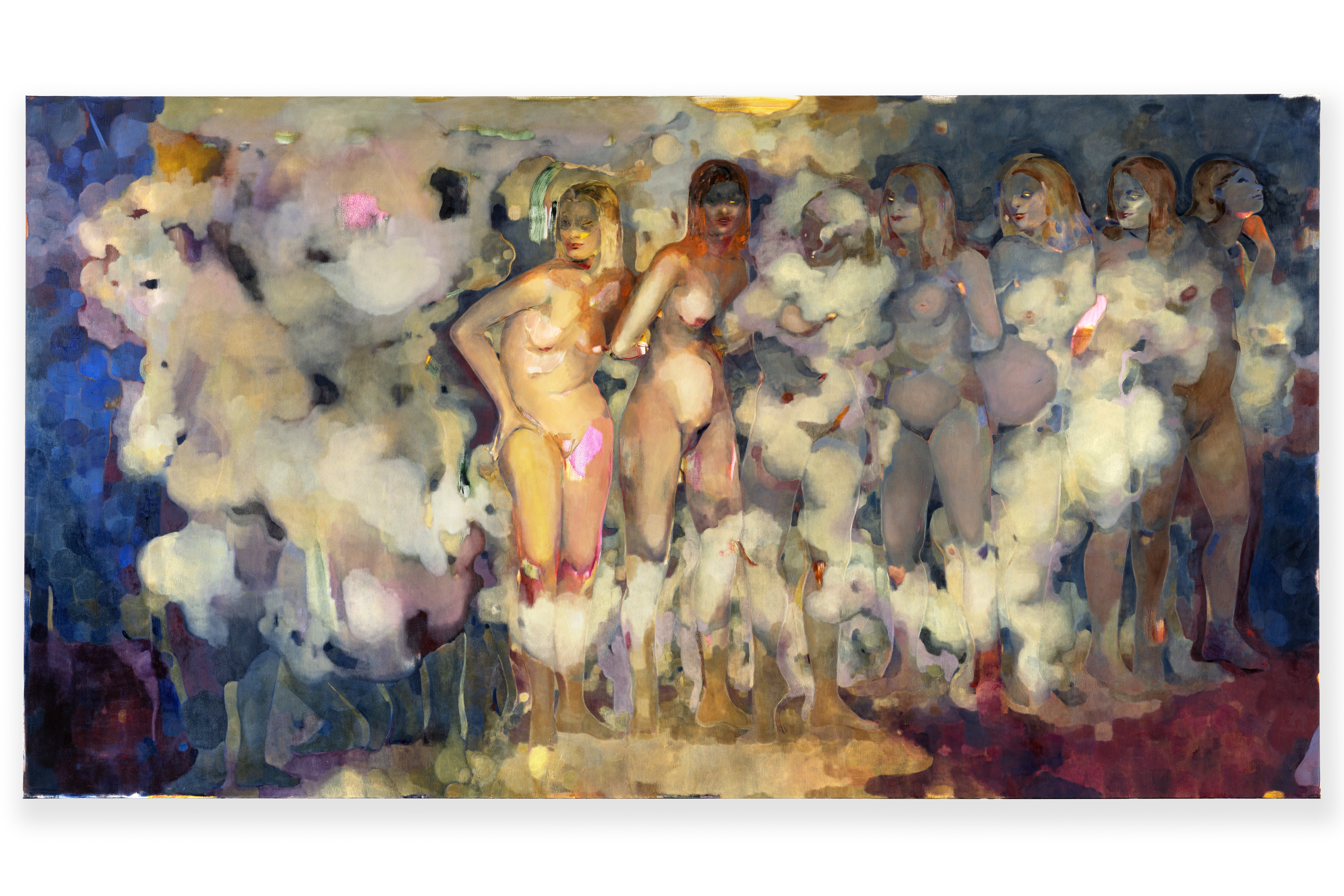
Meet Eva Helene Pade, the emerging artist redefining figurative painting
Pade’s dreamlike figures in a crowd are currently on show at Thaddaeus Ropac London; she tells us about her need ‘to capture movements especially’
By Hannah Silver Published
-
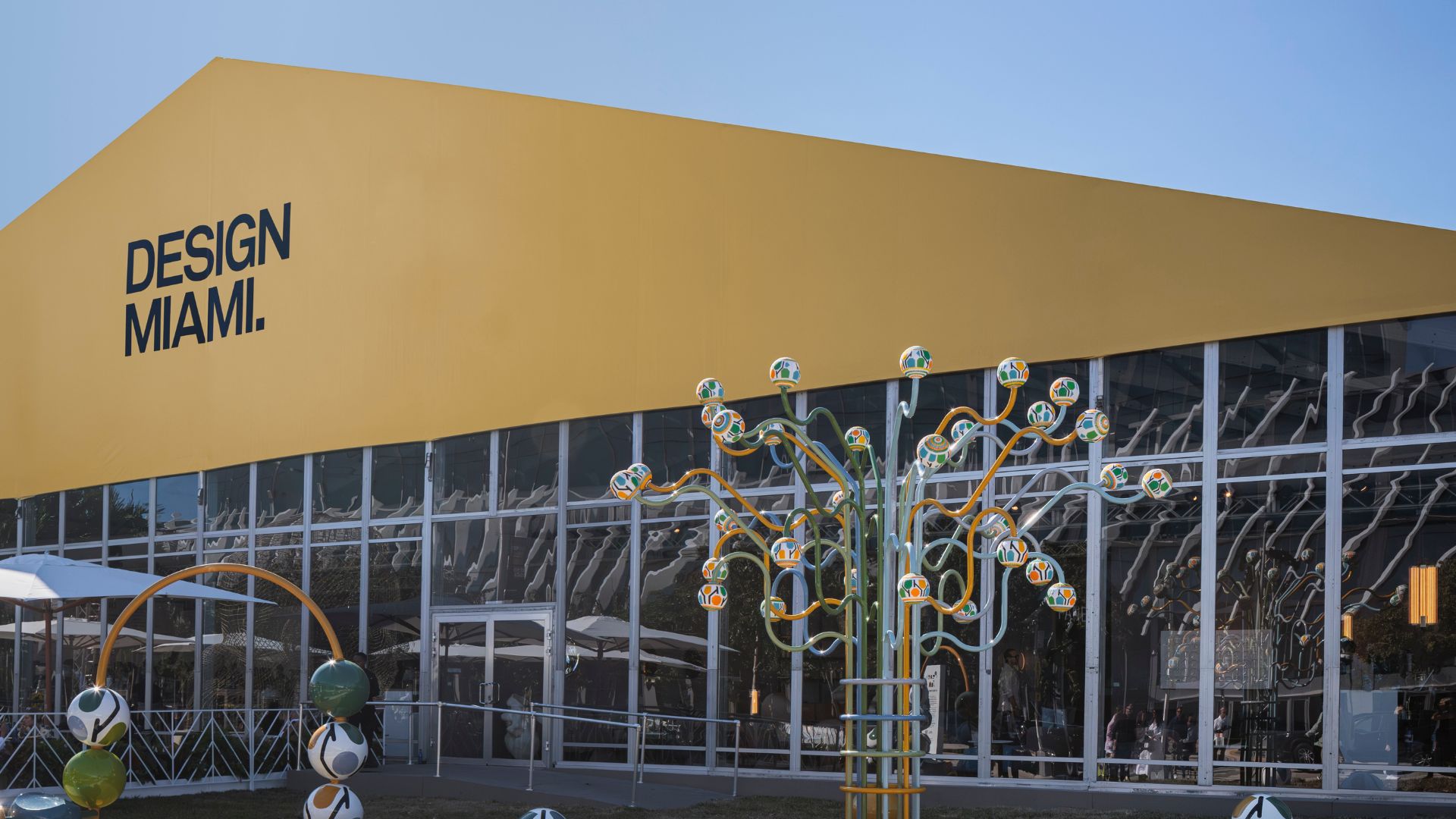
Everything you need to know about Design Miami 2025
The collectible design fair returns to Miami Beach in December for its 21st edition, alongside a vast array of art and cultural events across the city
By Dan Howarth Published
-

‘Architect of glamour’ Antony Price makes a high-voltage return to the runway with 16Arlington
Featuring a runway debut from Lily Allen, the show saw legendary designer Antony Price – best known for outfitting Roxy Music in the 1980s – unite with 16Arlington’s Marco Capaldo on the sensual after-dark collection
By Orla Brennan Published
-

An around-the-world art tour with Rosewood
Bespoke Partnership
From London to New York, Amsterdam and São Paulo, the hotel group showcases curated art that reflect the unique local context
By Tianna Williams Published
-

Tour an Athens penthouse – its designers’ own ‘house in the sky’
This penthouse by Block722 is the architecture studio founders' own home and shows off impeccable detailing and dreamy, airy vibes
By Ellie Stathaki Published
-
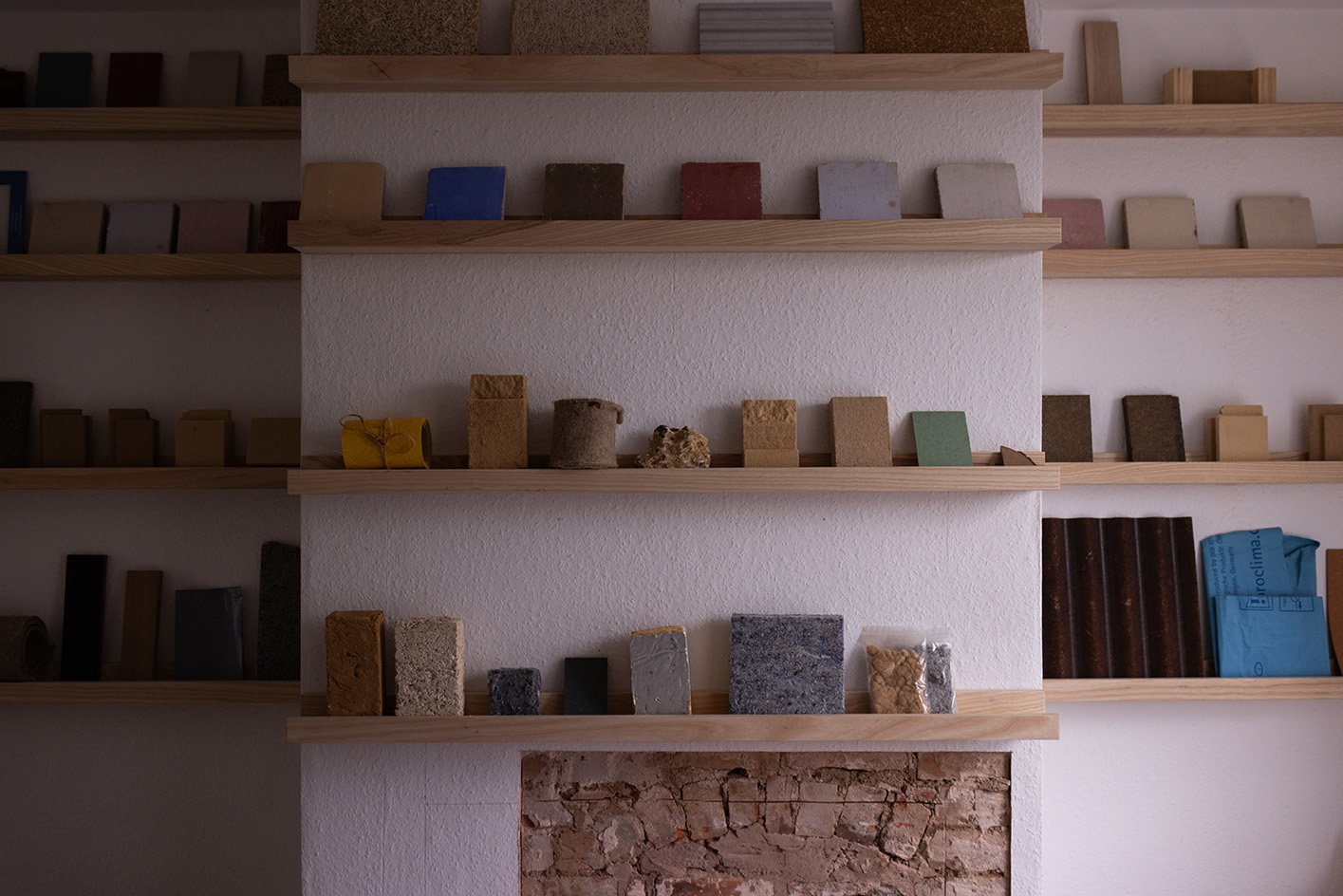
Take a tour of Retrofit House, the live showcase inspiring sustainable homebuilding
Retrofit House, a showcase for residential redesign using biomaterials and environmentally smart methods, opens in Birmingham, UK, spearheaded by Civic Square, Dark Matter Labs and Material Cultures; we paid it a visit
By Ellie Stathaki Published
-
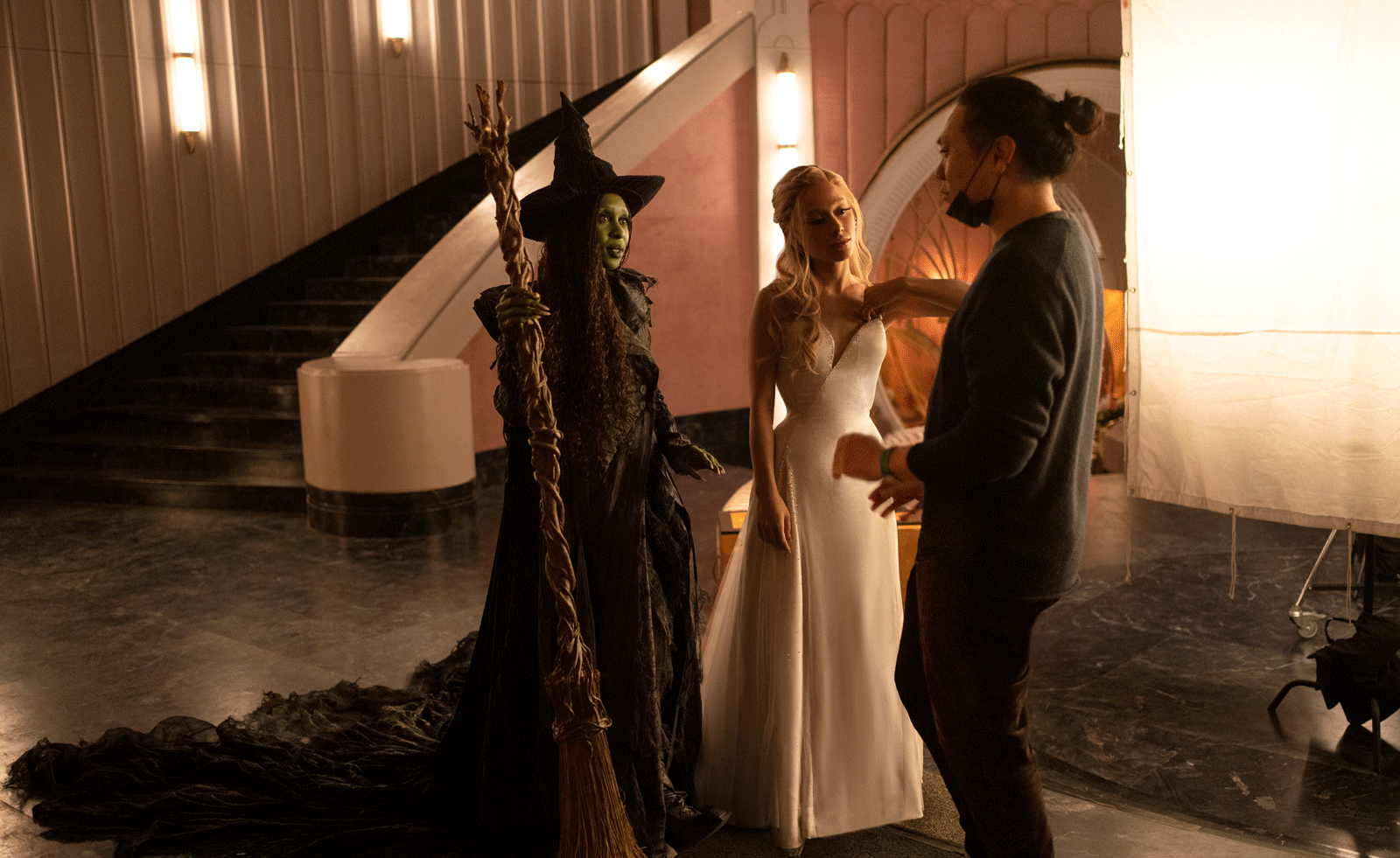
Inside the world of Wicked: 'We have to redefine the yellow brick road as a form of oppression'
With the second instalment of Wicked looming, production designer Nathan Crowley shares the challenges of bringing the magical world to life
By Hannah Silver Published
-

Inez & Vinoodh unveil romantic new photography series in Paris
A series of portraits of couple Charles Matadin and Natalie Brumley, created using an iPhone in Marfa, Texas, goes on show in Paris
By Amah-Rose Abrams Published
-
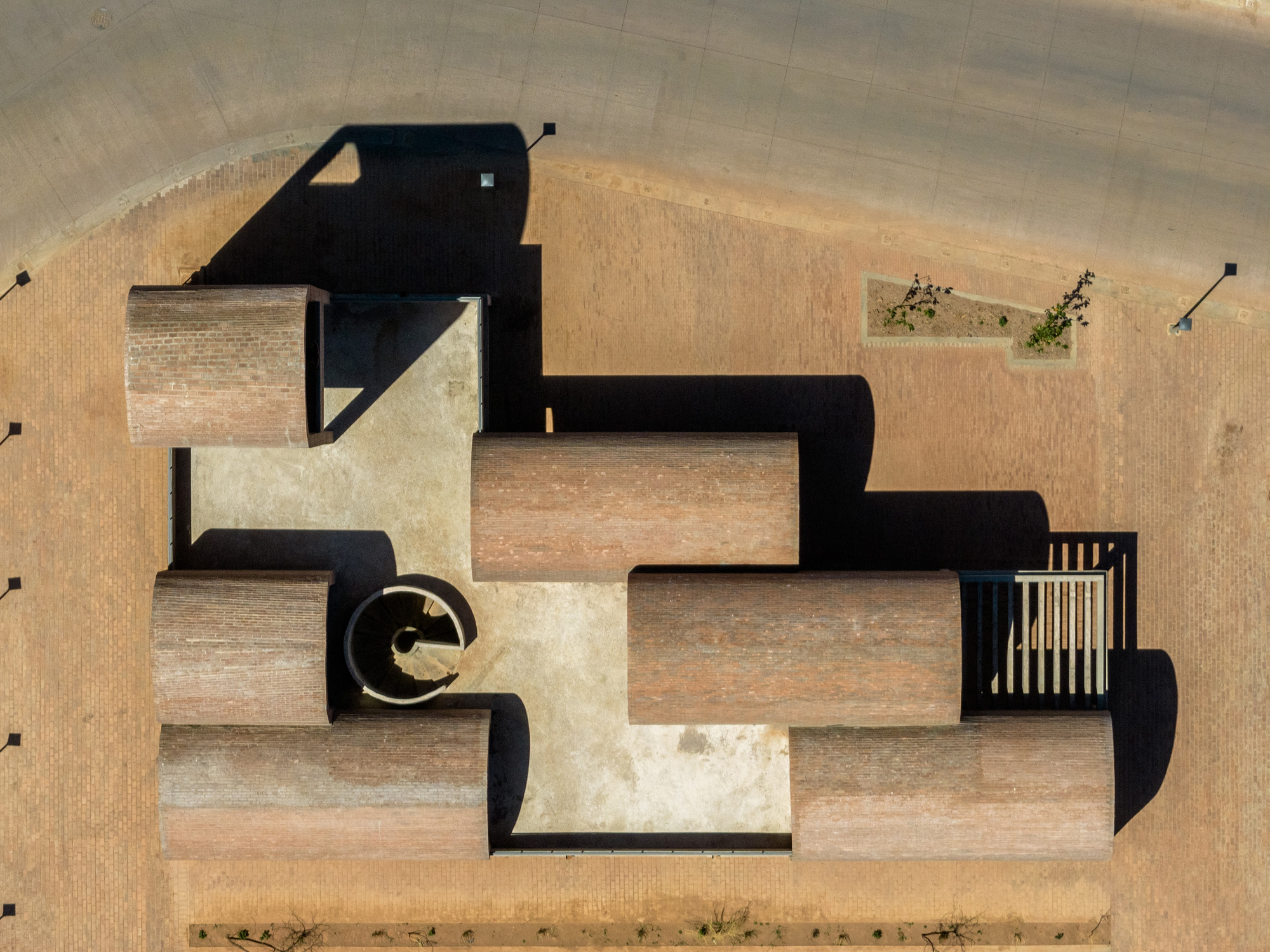
A Mexican town raises its game with Fernanda Canales’ Border Outlook
Border Outlook, a landmark community centre in northern Mexico designed by Fernanda Canales, goes above and beyond, giving hope to a region divided by the border wall
By Ellie Stathaki Published
-
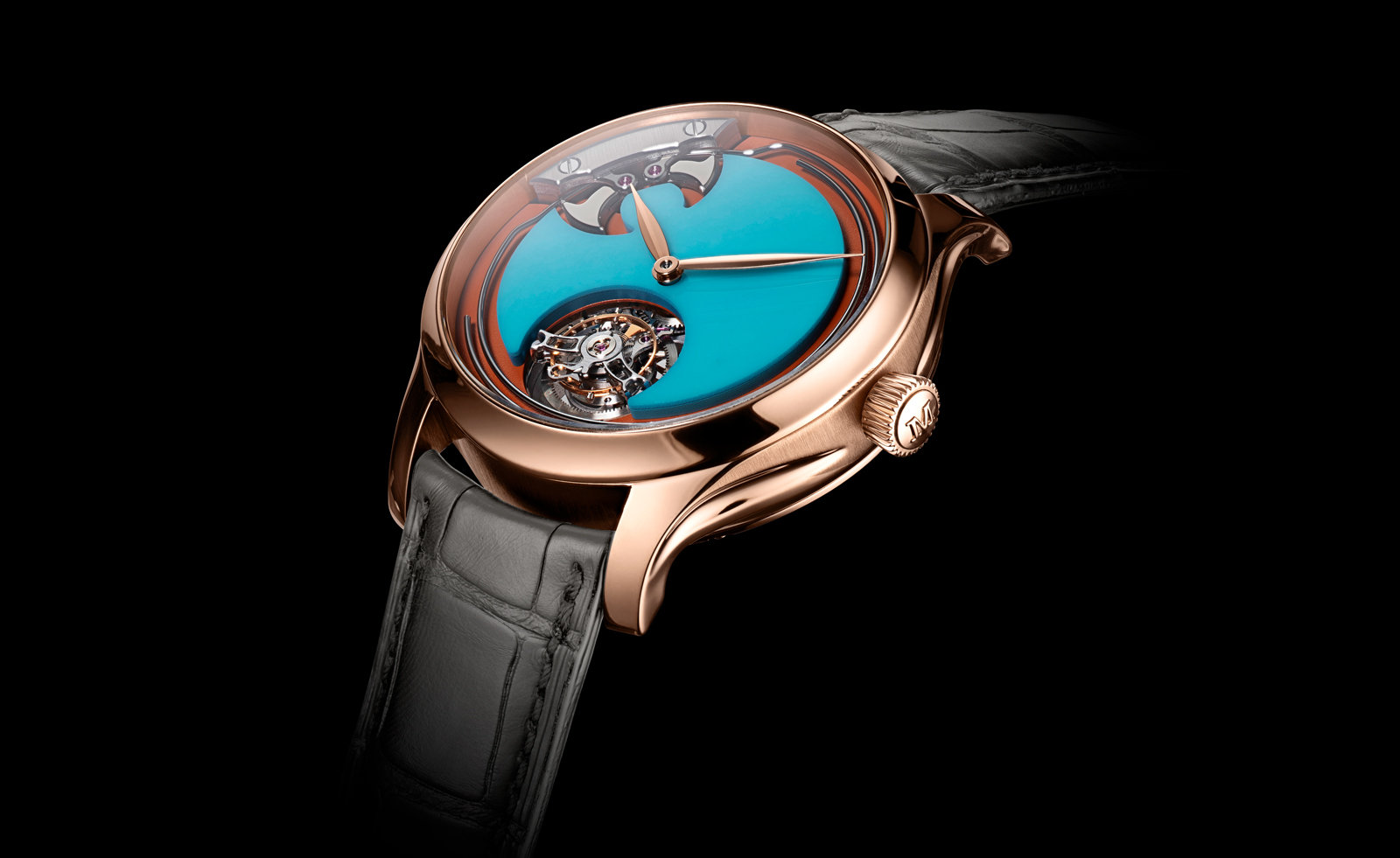
These statement watches are surefire conversation starters
From Richard Mille to Hublot and Bulgari, these statement watches aren’t to be missed
By Chris Hall Last updated
-
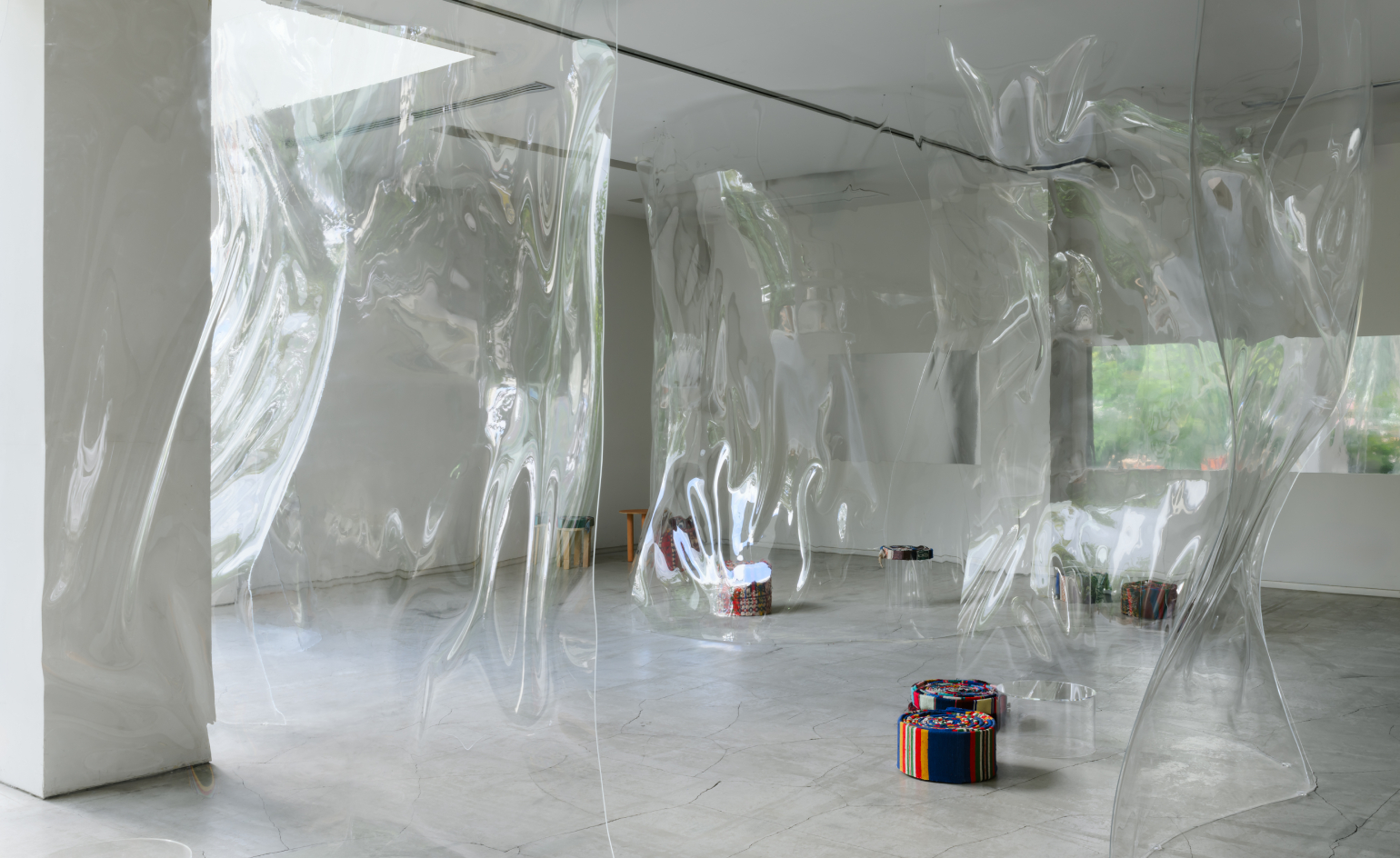
How Ichio Matsuzawa designed the almost-invisible bar defining Art Week Tokyo 2025
During the 2025 edition of AWT, Wallpaper* met the Japanese architect to explore architecture as sensation, not structure
By Catherine Shaw Published
-
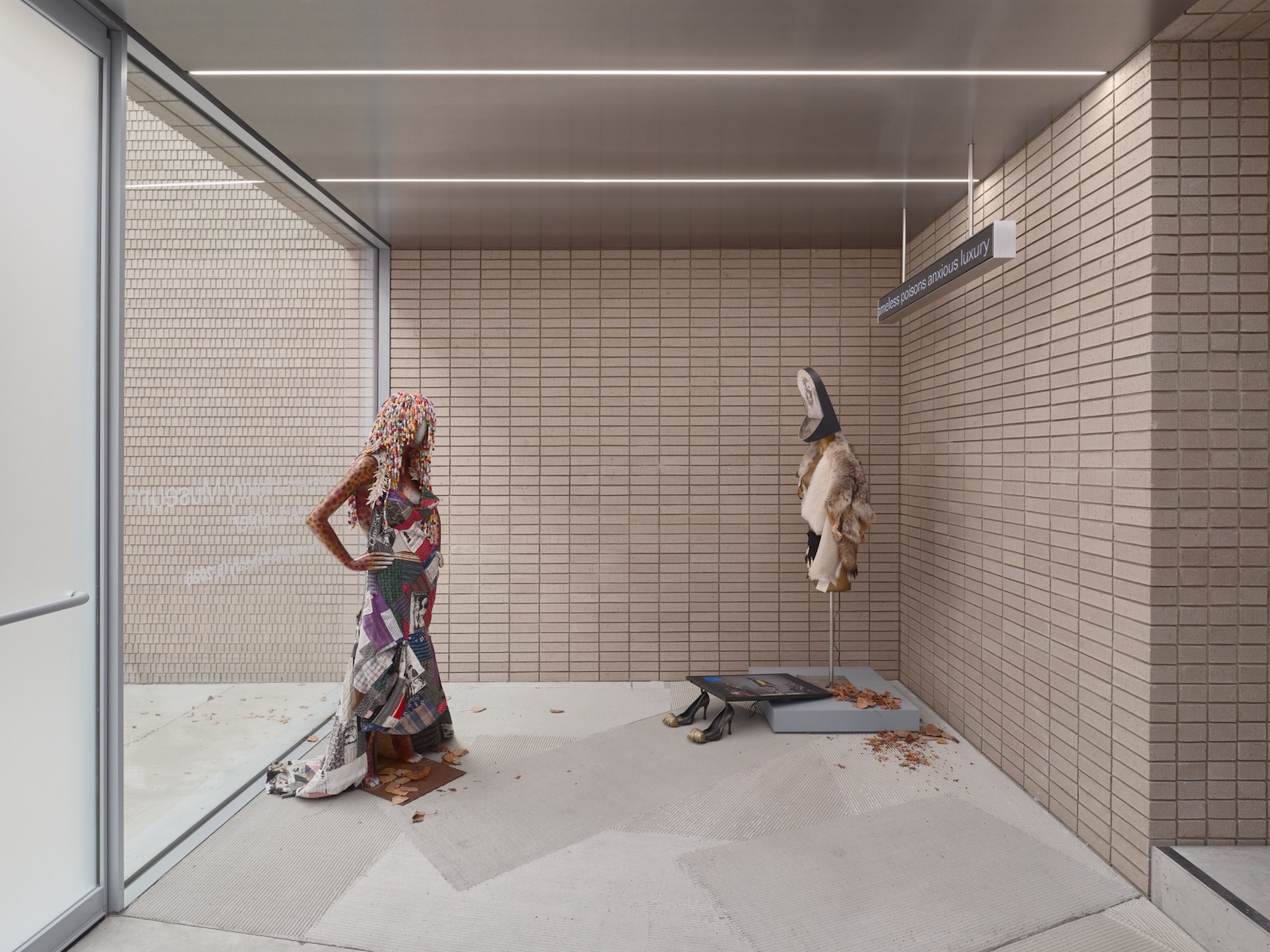
The story behind rebellious New York fashion label-cum-art collective, Women’s History Museum
Mattie Barringer and Amanda McGowan’s multidisciplinary label has been challenging fashion’s status quo for the past decade. As they open a new exhibition at Amant, Brooklyn, the pair sit down with Wallpaper* to discuss their provocative approach
By Zoe Whitfield Published
-
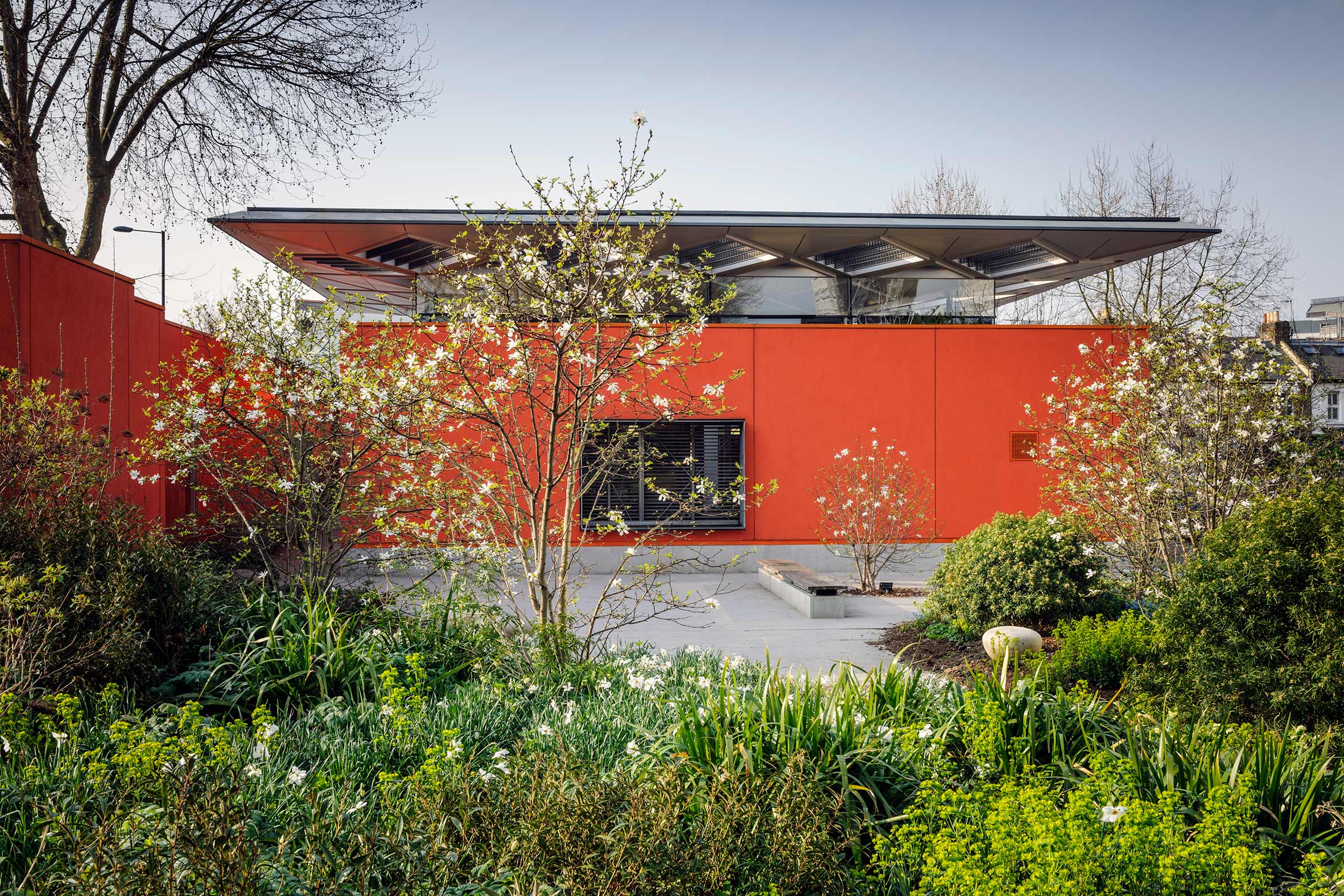
How Maggie’s is redefining cancer care through gardens designed for healing, soothing and liberating
Cancer support charity Maggie’s has worked with some of garden design’s most celebrated figures; as it turns 30 next year, advancing upon its goal of ‘30 centres by 30’, we look at the integral role Maggie’s gardens play in nurturing and supporting its users
By Matt Collins Published
-
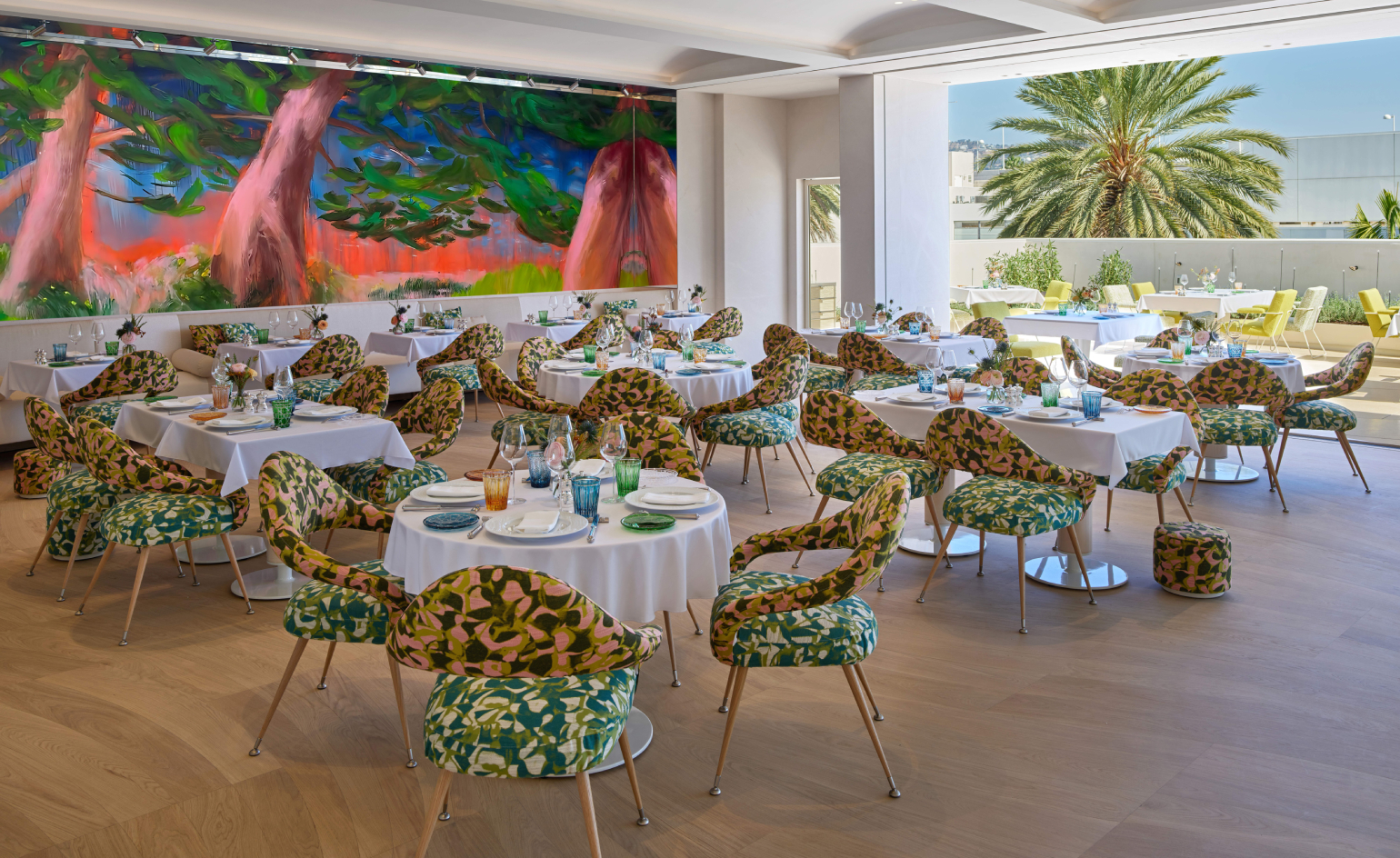
Dior’s new Beverly Hills dining salon raises the bar for couture cuisine
From Peter Marino’s onyx bar and faceted mirrored walls to Nicole Wittenberg’s vast, immersive botanical canvas, Dior’s first restaurant outside Paris is here
By Carole Dixon Published
-
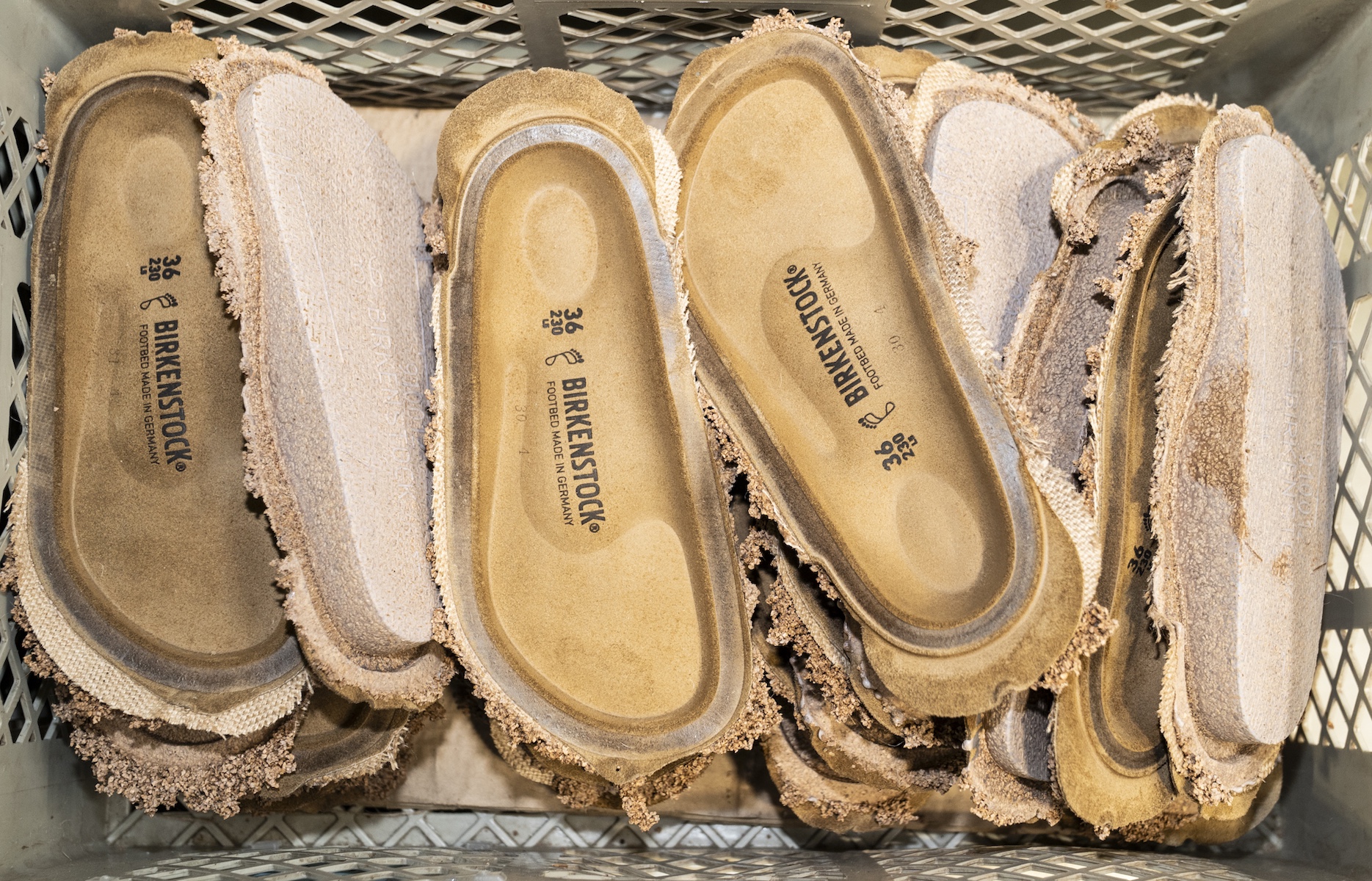
Inside the factory where your Birkenstocks are made
Part high-tech laboratory, part artisanal workshop, the German factory straddles past and future. For Wallpaper*, Stuart Brumfitt takes a rare tour
By Stuart Brumfitt Published
-
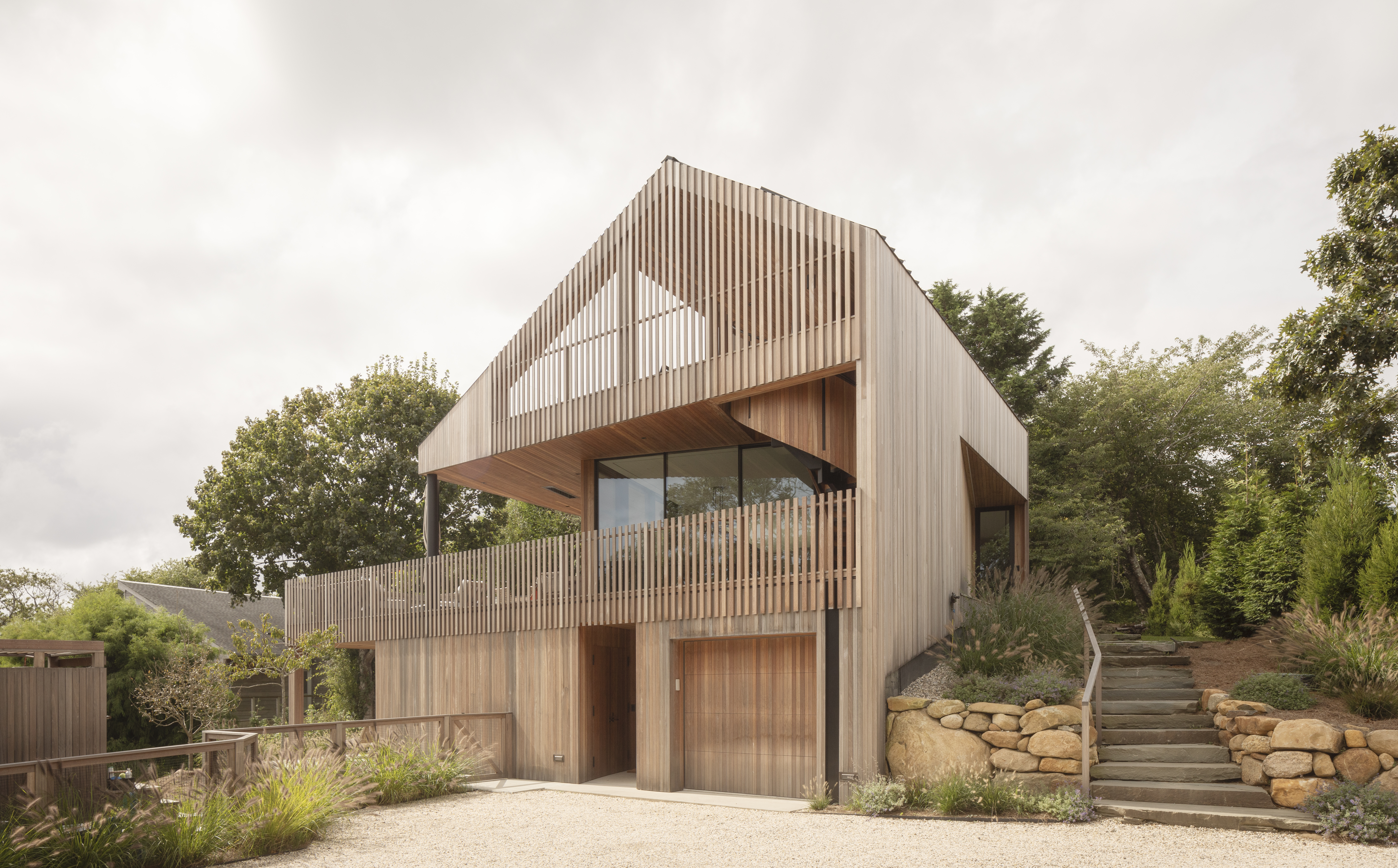
An ocean-facing Montauk house is 'a coming-of-age, a celebration, a lair'
A Montauk house on Hither Hills, designed by Hampton architects Oza Sabbeth, is wrapped in timber and connects its residents with the ocean
By Ellie Stathaki Published
-
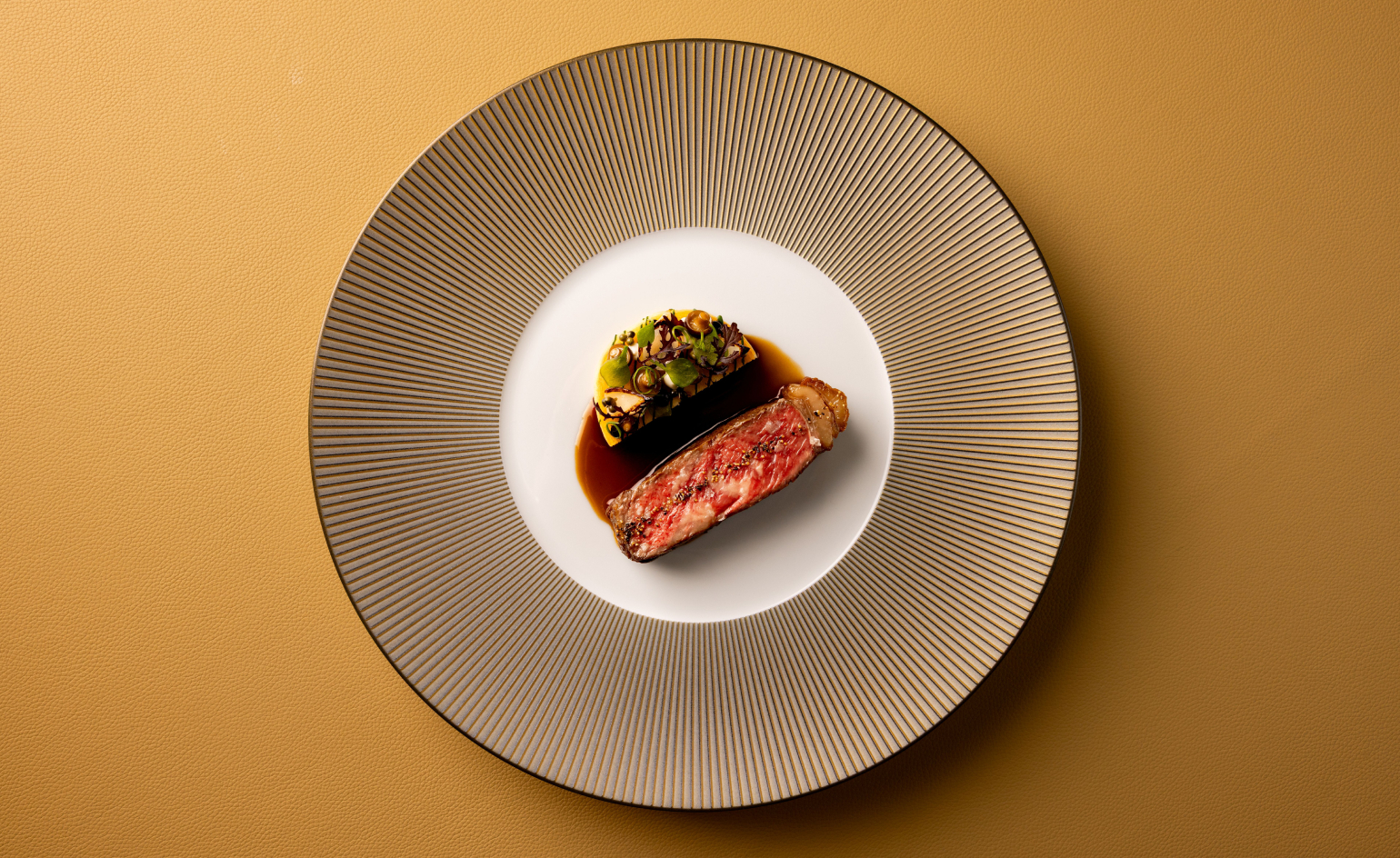
Chef Matt Abé steps out solo with Bonheur in Mayfair
A former fine-dining institution is transformed through a study of light, tone and materiality, courtesy of Russell Sage Studio
By Ben McCormack Published
-
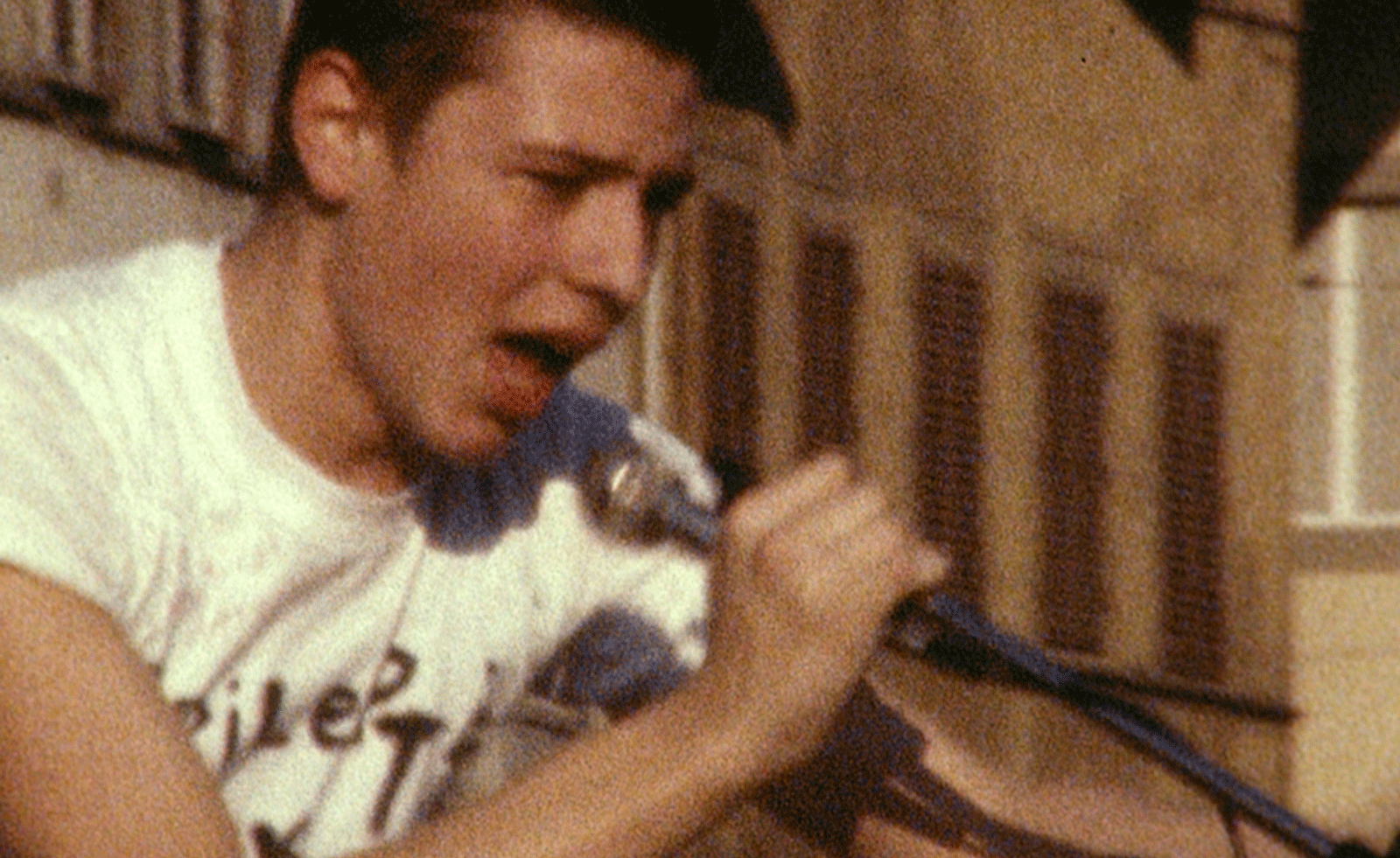
A forgotten history of Italian artists affected by the HIV-AIDS crisis goes on show in Tuscany
‘Vivono: Art and Feelings, HIV-AIDS in Italy. 1982-1996’, at Centro per l'Arte Contemporanea Luigi Pecci in Prato delves into the conversation around the crisis
By Zoe Whitfield Published
-
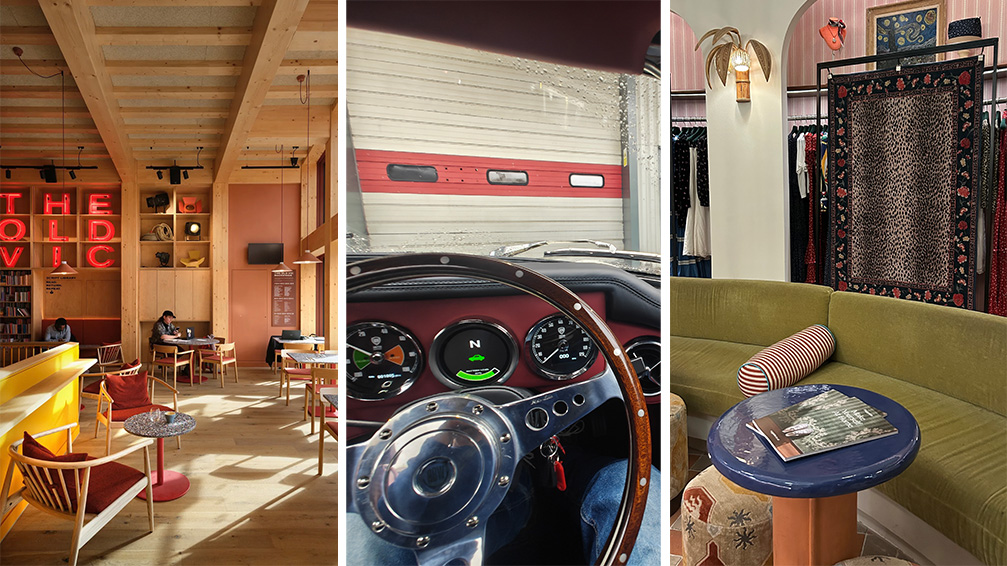
Out of office: The Wallpaper* editors’ picks of the week
The rain is falling, the nights are closing in, and it’s still a bit too early to get excited for Christmas, but this week, the Wallpaper* team brought warmth to the gloom with cosy interiors, good books, and a Hebridean dram
By Anna Solomon Published
-
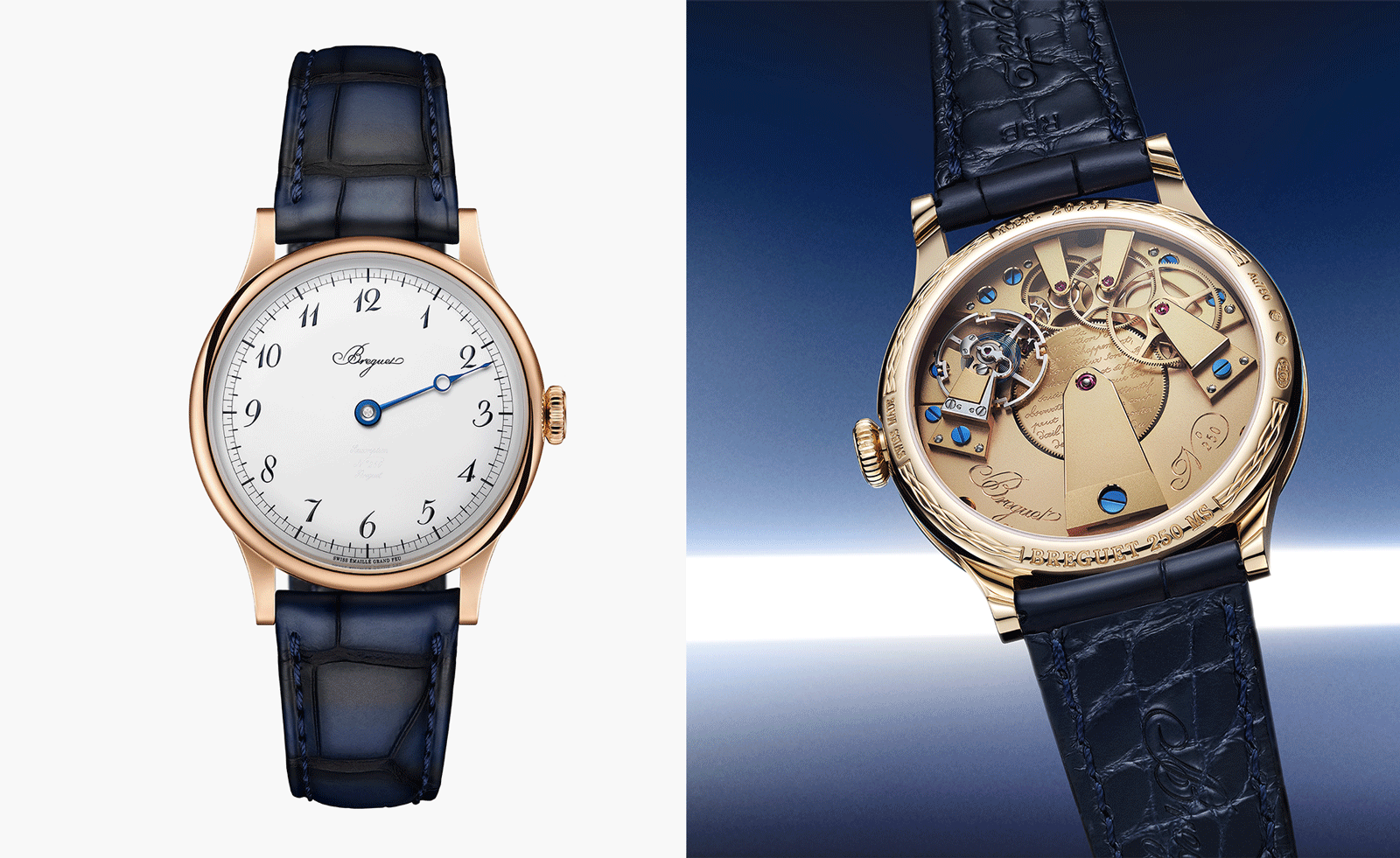
Who won big at the GPHG, the Oscars of the watch world
Wallpaper* editor-in-chief and Grand Prix d’Horlogerie Genève jury member Bill Prince on the watch world’s 2025 winners
By Bill Prince Published
-
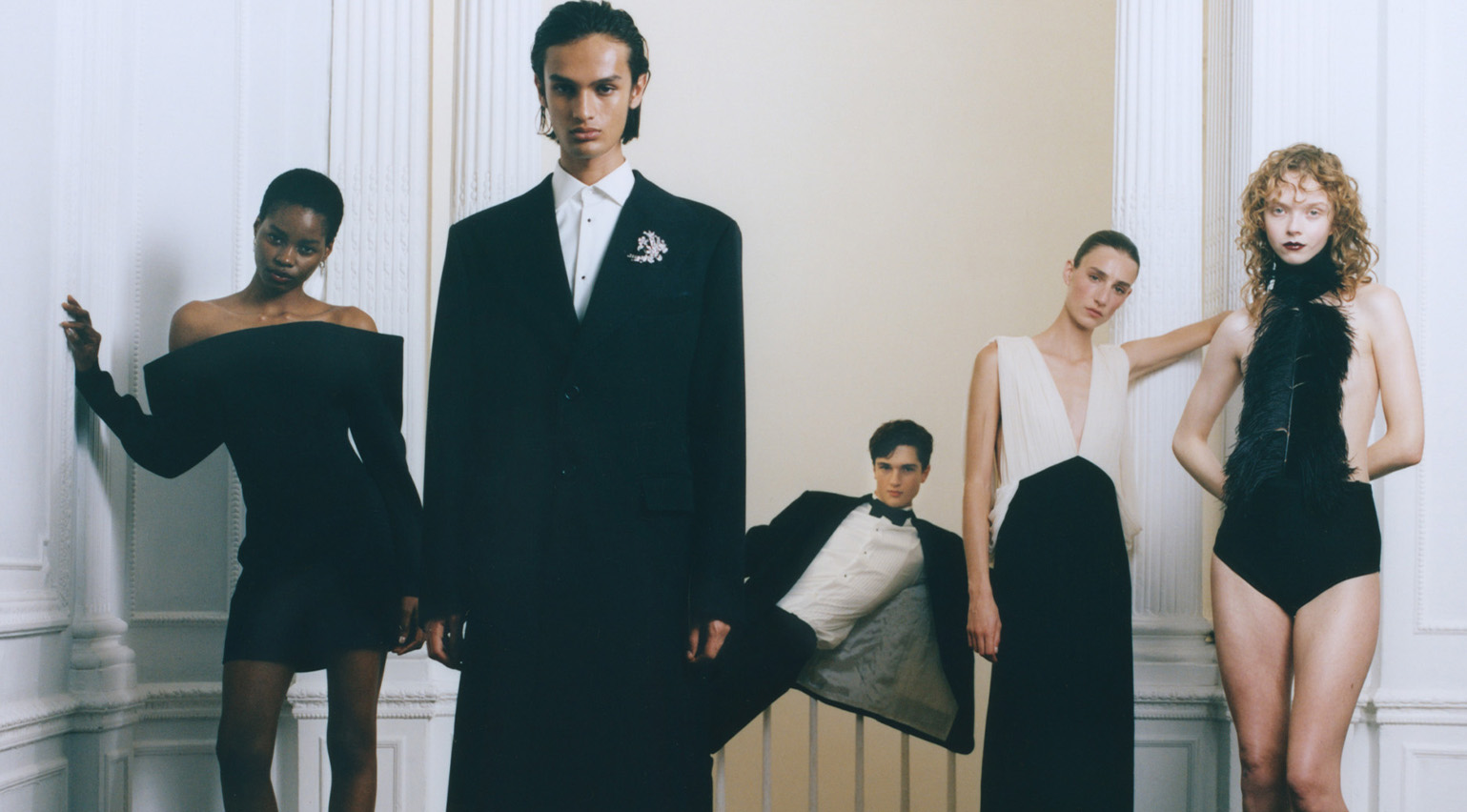
How to dress for a decadent party season
Embrace the decadent and the debonair with our tips for dressing up this festive season
By Jack Moss Published
-

With a freshly expanded arts centre at Dartmouth College, Snøhetta brings levity to the Ivy League
The revamped Hopkins Center for the Arts – a prototype for the Met Opera house in New York –has unveiled its gleaming new update
By Anthony Paletta Published
-
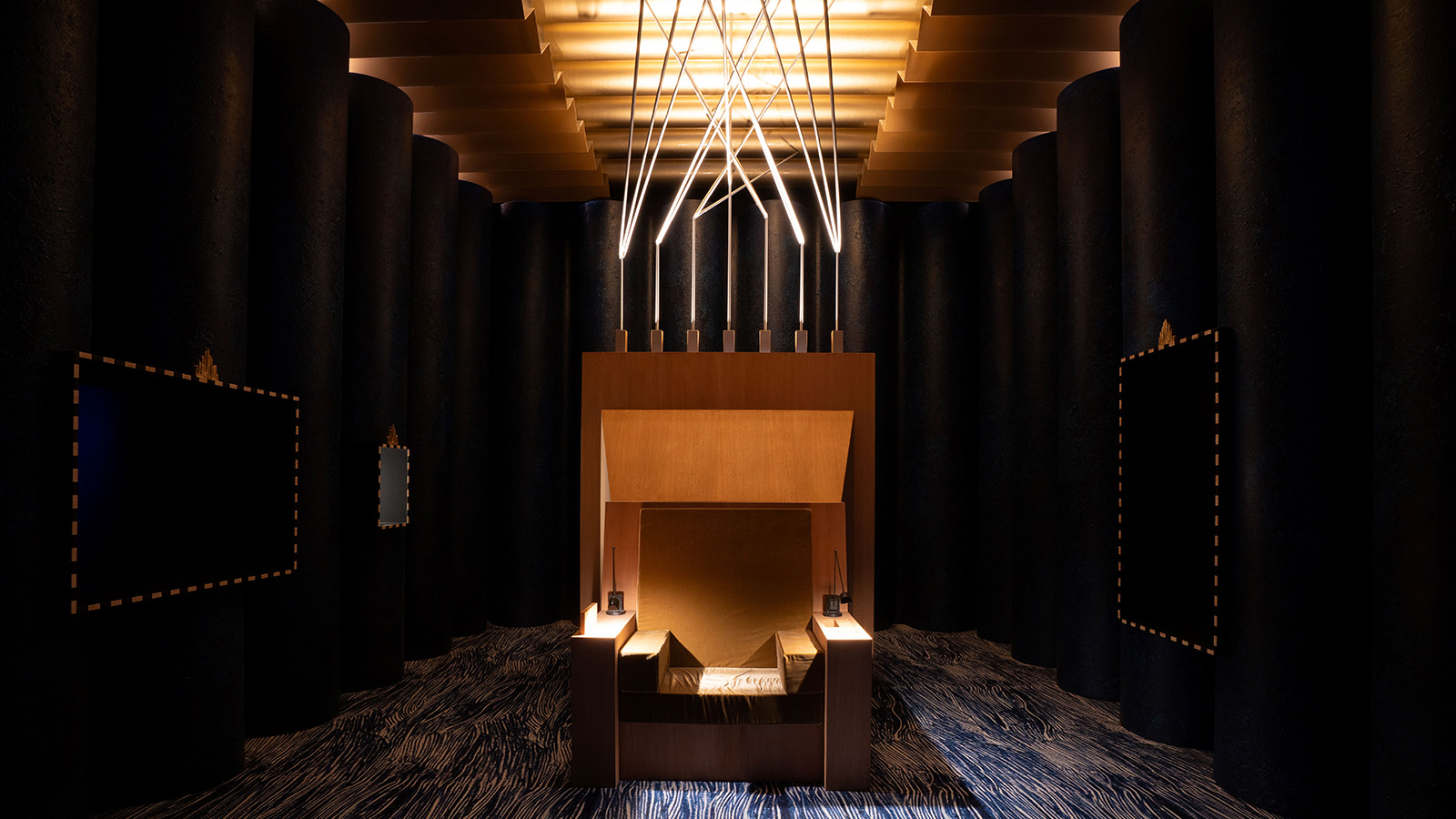
Salone del Mobile: tickets, timings and locations for Milan Design Week
Here is your expert guide to Salone del Mobile and Fuorisalone: how to get to the fair, and what to see across the city
By Rosa Bertoli Last updated
-
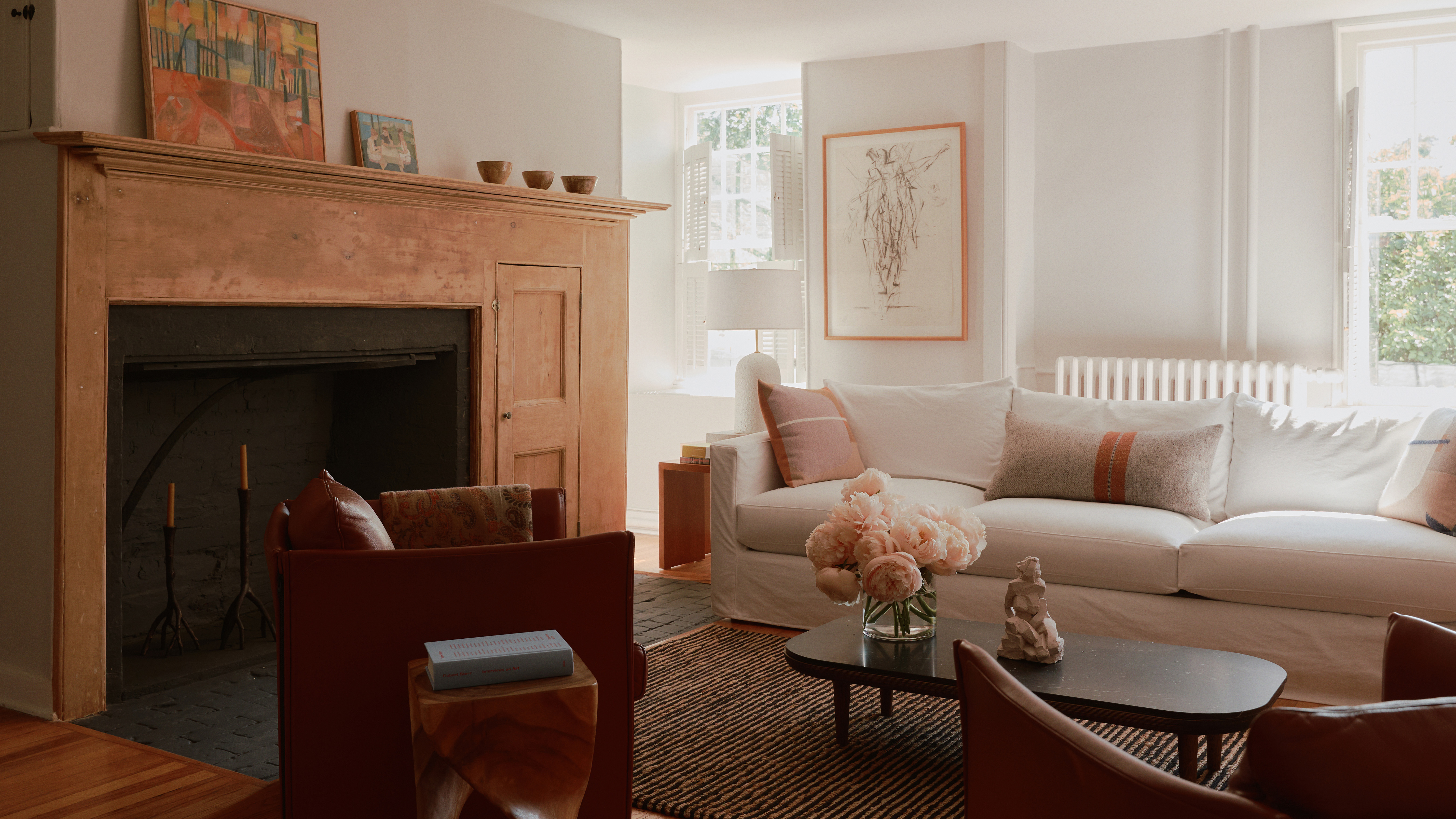
Once overrun with florals, this old Hudson farmhouse is now a sprawling live-work artist’s retreat
Built in the 1700s, this Hudson home has been updated into a vast creative compound for a creative, yet still exudes the ‘unbuttoned’ warmth of its first life as a flower farm
By Anna Solomon Published
-
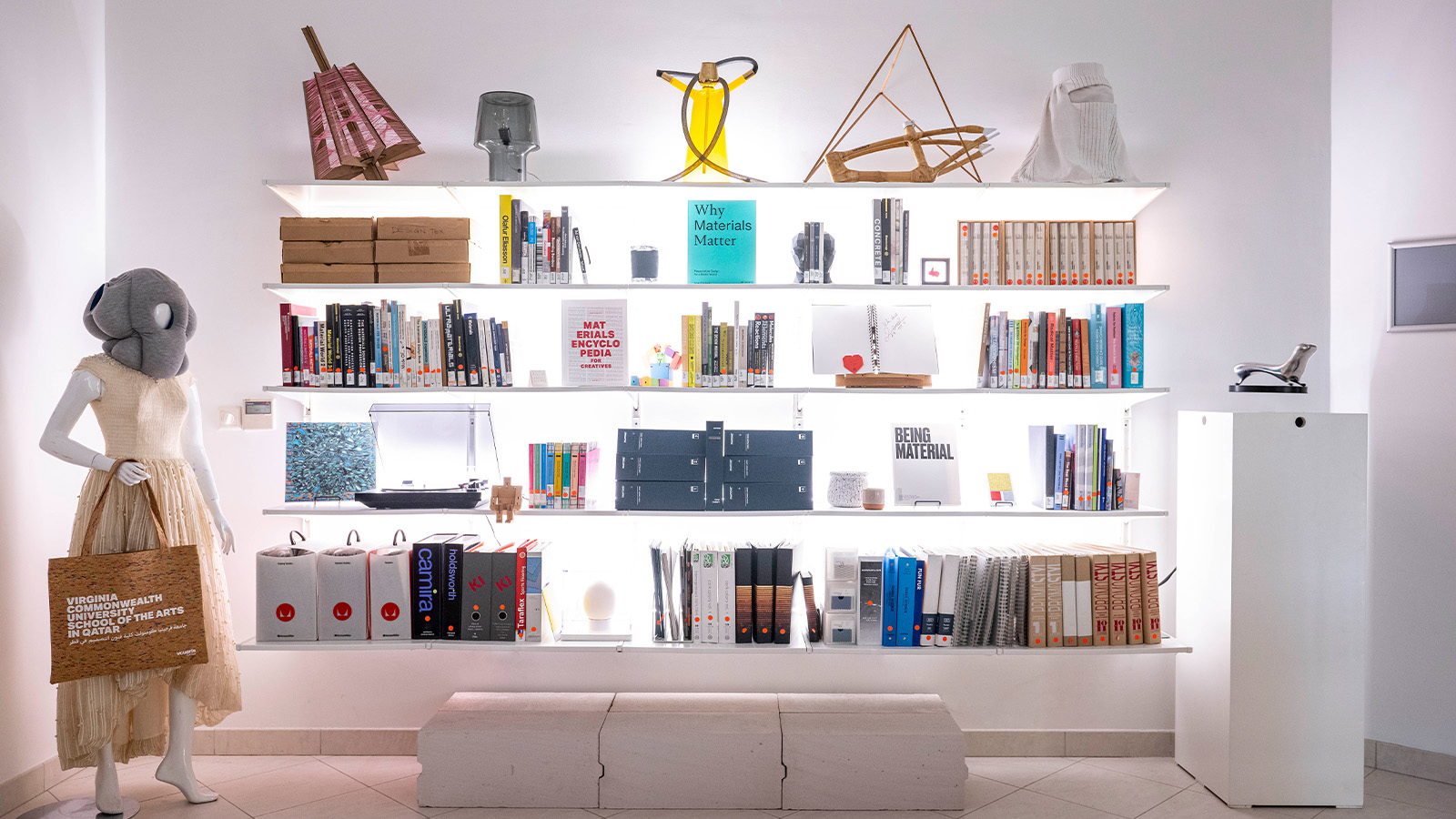
How VCUarts Qatar is weaving local roots into global creative conversations
Bespoke Partnership
Through the university's arts, design, and humanities programmes, dean Amir Berbić is spearheading a unique blend of heritage and future-forward thinking for students to create a design language that captures Qatar’s continually shifting cultural landscape
By Tianna Williams Published
